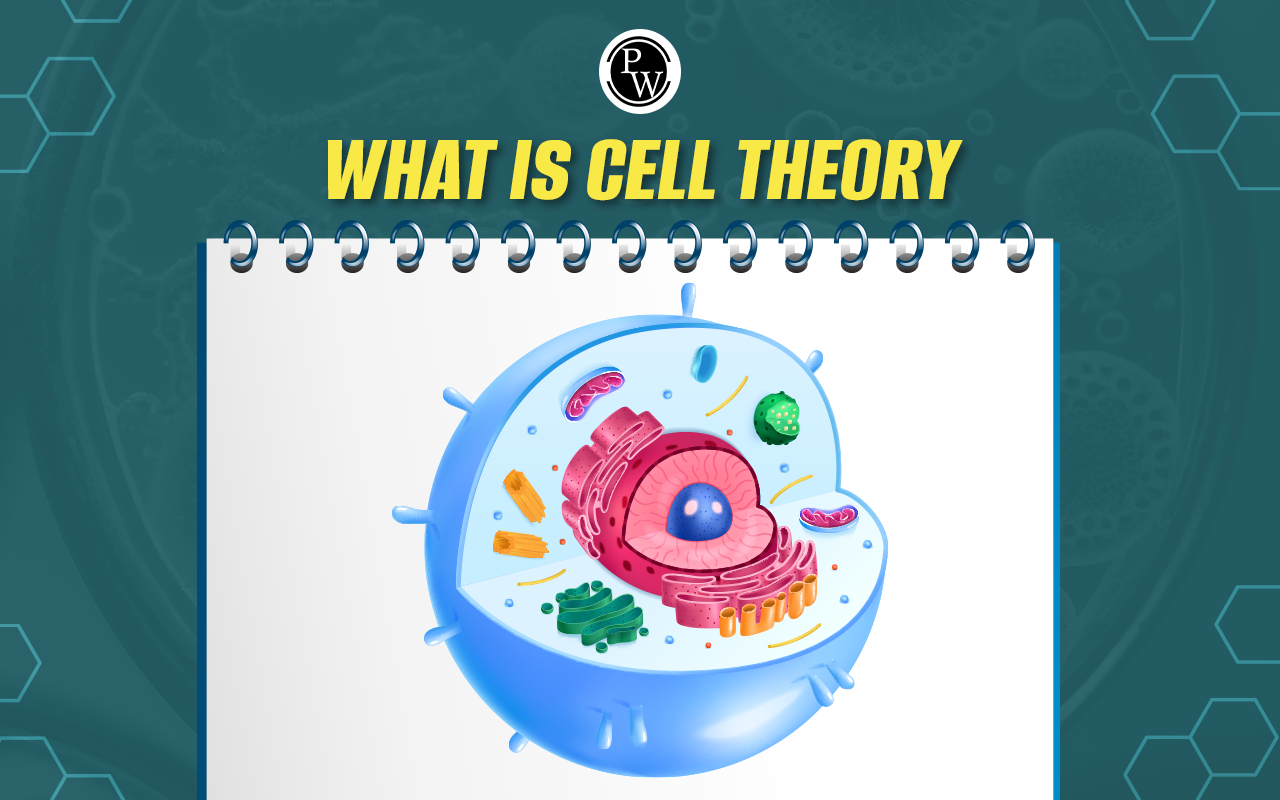
Difference between Open and Closed Circulatory System: The circulatory system functions as the network of blood vessels that transports blood throughout the body. This system, which includes the heart, blood vessels, and blood itself, facilitates blood circulation and ensures the distribution of oxygen and nutrients throughout the body.
The heart, an organ responsible for pumping blood, comprises two chambers, the right and left, separated by a septum, a thin muscular wall that prevents blood from mixing on either side. These chambers are connected by four pairs of arteries and veins each. A key difference between open and closed circulatory systems is how they handle blood and interstitial fluid. An open circulatory system allows for the mixing of blood and interstitial fluid, while a closed circulatory system prevents such mixing. Both open and closed circulatory systems play important roles in the flow of materials, including fluids, within the body, and perform various functions in humans and other animals.| NEET Biology Syllabus | NEET Biology Diagrams |
| NEET Biology MCQ | NEET Biology Chapter wise Weightage |
| NEET Biology Notes | NEET Previous Year Question papers |
Difference Between Open and Closed Circulatory System Overview
The fundamental difference between open and closed circulatory system is how blood circulates within an organism. In closed circulation, blood travels through internal vessels, such as arteries and veins. In open circulation, on the other hand, blood is not contained within vessels but flows freely through the body's cavities. Most multicellular organisms require a circulatory system to transport oxygen and nutrients throughout the body effectively. The evolution of two distinct types of circulatory systems has resulted from this necessity. Open Circulatory System: This system is predominantly found in invertebrates. In an open circulatory system, blood circulates freely through cavities due to vessels not guiding the blood. Closed Circulatory System: This system is present in vertebrates and certain invertebrates, such as earthworms. In a closed circulatory system, blood is contained within vessels that conduct blood throughout the body.
Difference Between Open and Closed Circulatory Systems
Circulatory systems are of two main types: closed and open. Closed circulatory systems are prevalent in vertebrates and a few select invertebrates, while open circulatory systems are common in invertebrates such as beetles and lobsters. The difference between open and closed circulatory system are outlined in the table below:
| Difference Between Open and Closed Circulatory System | ||
|---|---|---|
| Characteristic | Open Circulatory System | Closed Circulatory System |
| Fluid Flow | Hemolymph directly bathes organs and tissues. | Blood circulates within enclosed vessels. |
| Blood and Fluid Distinction | Blood and interstitial fluid are indistinguishable. | Blood and interstitial fluid are separate. |
| Organisms | Found in mollusks and arthropods. | Found in annelids and vertebrates. |
| Blood Pumping | Blood is pumped into the body cavity. | Blood is propelled through vessels by the heart. |
| Vessels | Dorsal blood vessel is present. | Dorsal and ventral blood vessels are present. |
| Capillary System | Absence of a capillary system. | Presence of a capillary system. |
| Tissue Contact | Blood makes direct contact with surrounding tissues. | Blood does not directly contact tissues. |
| Nutrient Exchange | Nutrient exchange occurs directly between blood and tissues. | Nutrient exchange occurs through tissue fluid. |
| Gas Transport | No transport of gases. | Gases are transported. |
| Fluid Terminology | Fluid in the system is called hemolymph. | Fluid in the system is called blood. |
| Respiratory Pigments | Lack of respiratory pigments. | Presence of respiratory pigments. |
| Blood Volume Control | Blood volume is uncontrollable. | Blood volume is regulated by vessel contraction and relaxation. |
| Blood Flow Rate | Slow blood flow. | Rapid blood flow. |
| Spaces | Open spaces are sinuses and lacunae. | Closed spaces include arteries and veins. |
| Organisms Examples | Snails, clams, cockroaches, and spiders. | Humans, squids, cats, and earthworms. |
Open Circulatory System
The open circulatory system is mainly found in invertebrates, such as those of the Phylum Arthropoda and Mollusca. In higher invertebrates, except for those of the Phylum Annelida, this fluid is not secreted into distinct vessels, but rather into small, irregular cavities. In this arrangement, referred to as an open circulatory system, the blood is not confined within vessels, but is instead pumped into a cavity known as the hemocoel. The resulting mixture of blood and interstitial fluid, which fills the space around cells, is termed hemolymph. This open system is less complex than the closed circulatory system. Certain organisms, including flatworms, sponges, and jellyfish, lack a circulatory system altogether. Consequently, vital nutrients, gases, and waste materials freely move in and out of their bodies. The interstitial fluid typically comprises water, hormones, sugars, fatty acids, coenzymes, salts, and various cellular products.
Closed Circulatory System
A closed circulatory system is present in vertebrates and some invertebrates, such as earthworms. It involves vessels that transport blood throughout the body. The heart plays a vital role in the closed circulatory system by pumping blood into these vessels, ensuring its delivery to tissues and organs. Gas exchange occurs between smaller vessels (capillaries) and tissues during circulation. Annelids and vertebrates, including humans, have a closed circulatory system. In humans, there is not only a circulatory system for blood, but also a lymphatic system for lymph circulation. Compared to the open circulatory system, the closed circulatory system operates at a much higher blood pressure. Despite this, it is considered more efficient because it requires less blood for faster and more widespread distribution.
Difference between Open and Closed Circulatory System FAQs
What differentiates open from closed circulation?
Give an example of a closed circulatory system?
What is the definition of an open circulatory system?
What are the advantages of closed circulatory system?
What are the two main types of circulatory systems?










